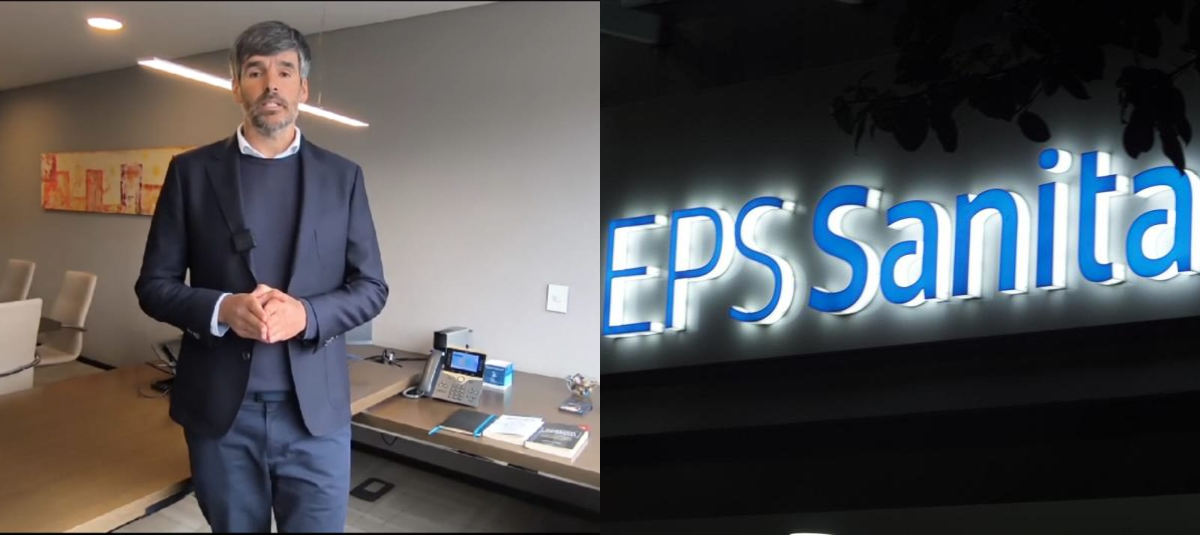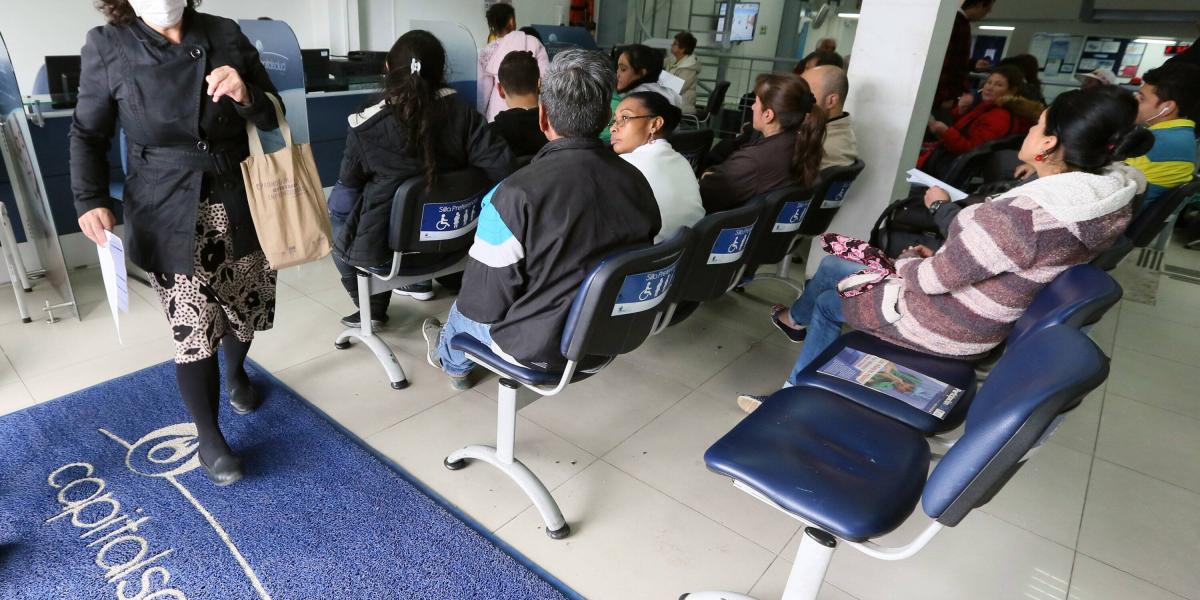Prepaid and other private plans: this is how much they're saving for a mandatory system in crisis.

The private health plans that families voluntarily take out represent a significant saving for the mandatory health system, which has faced growing complaints in recent months about its continued deterioration.
The payments that these plans save a health system in crisis could be around one and a half billion pesos per year , if the magnitude of this relief is brought to current value based on estimates published in 2021 by the Proesa Study Center of Icesi University and the Valle del Lili Foundation at the request of Fasecolda.
This figure ultimately provides some relief from the already significant backlog of problems that patients and users have been reporting regarding the functioning of the state-run public system, or Health Benefits Plan. " The decongestion of Health Benefits Plan services allows for cost savings and thus helps reduce pressure on the system's finances ," the study concluded.
Beyond uncertainty and fear, the discussion about health reform has led Colombian families to think about their health and to consider what they needed to feel more at ease.
Members of private plans are basically linked to four types of offers: complementary care plans, prepaid medicine, insurance policies, and other plans such as prepaid ambulance services .
What are the voluntary private health services offered in Colombia? At the time of the study, and according to data from the Health and Finance Superintendencies analyzed by Proesa, of the total number of members, 38 percent were enrolled in prepaid medical insurance; 26 percent were enrolled in other services such as prepaid ambulances ; 19 percent had complementary care plans; and 17 percent had insurance policies.
The aforementioned study found that each member who only has mandatory health system affiliation visits the system, on average, 19.6 times per year . Meanwhile, those who do have private health coverage and can alternate between these and the public system visit the latter 10.7 times less per year, using it for only 8.9 services per year on average.
Those times when those with private healthcare do not use the mandatory system represent an annual savings per person of 479,193 pesos for the public system , according to the study's estimates, translated into 2025 pesos.

The crisis has been growing and is more evident in the EPSs that the government decided to control. Photo: Provided
The savings per person were estimated at between 50 and 65 percent of the average capitation payment unit (UPC) under the contributory regime, according to the Proesa study.
In the words of Gustavo Morales, president of Fasecolda, "A person who has one of these voluntary plans, since they go to the doctor paid for by that plan, their treatments and probably their medications are partly financed by the voluntary plan, saving them a significant amount compared to people with the same health characteristics who do not have voluntary plans."
The total amount of savings for the health system At the time of the study, 3.1 million people were enrolled in these voluntary plans, meaning that the savings to the Health Benefits Plan's finances could be as much as 1.49 trillion pesos , according to the research estimates based on current year prices.
It may even be higher than those figures, considering that the number of private plan members has increased. For example, according to Alfredo Arana, president of Coomeva, a cooperative group active in the prepaid healthcare sector, this business unit is the one that is generating the most profit for his organization, and he links this to the fear millions of Colombians have about what is happening to the healthcare system . "We went from serving 197,000 users to more than 220,000 last year," he said in a recent interview with EL TIEMPO.
According to Arana, "we used to submit between 8 and 10 quotes to companies per month; today, it's between 100 and 110 in the same period," figures he considers highly indicative of employers' concern for healthcare.

Members of private insurance plans end up using their EPS less. Photo: Claudia Rubio / EL TIEMPO Archive
For his part, Morales says: "I do believe that some uncertainty about what will happen with the EPS leads many people to believe that it would be better for them to have a second level of protection via voluntary plans . But beyond uncertainty or fear, the discussion about health reform has led Colombian families to think about their health and to consider what they needed to have more peace of mind."
According to an analysis by the think tank Anif, based on figures from the National Statistics Institute (DANE), in insurance alone, issued premiums increased by 16.8 percent between 2022 and 2023. Then, between 2023 and 2024, the increase was 23.3 percent. According to the think tank, this behavior is an approximation of how household spending on private health services is increasing at a time when the difficulties facing healthcare in Colombia may be leading users to increase their out-of-pocket spending, which was among the lowest among OECD countries. The increase in issued health premiums "reflects the current situation of the system," says Anif .
Dialogues with pharmaceutical companies, clinics, hospitals and the State Meanwhile, recalling the recent creation of the Technical Chamber of Health Insurance, the president of Fasecolda said that the reason for establishing it "is that we believe that beyond what happens with the health reform, it is a good time to open a space for dialogue with pharmaceutical companies, hospitals, clinics, and the State itself to see how, from the private sector, we can help improve the health of Colombians with a great deal of innovation in insurance."
The idea, he said, "is to reach segments not previously covered by health insurance . Such as, for example, the middle and middle-class families who until now haven't seen products for their income levels on the market."
In this regard, the president of Coomeva told this media outlet that "we are considering other closed-network products that will reduce the cost of care to provide greater access to a greater number of people seeking healthcare solutions ," strengthening services through its ambulance unit and reinforcing telemedicine and remote care, where they have developed very low-cost products. "We have called them the low-cost of healthcare."
eltiempo





